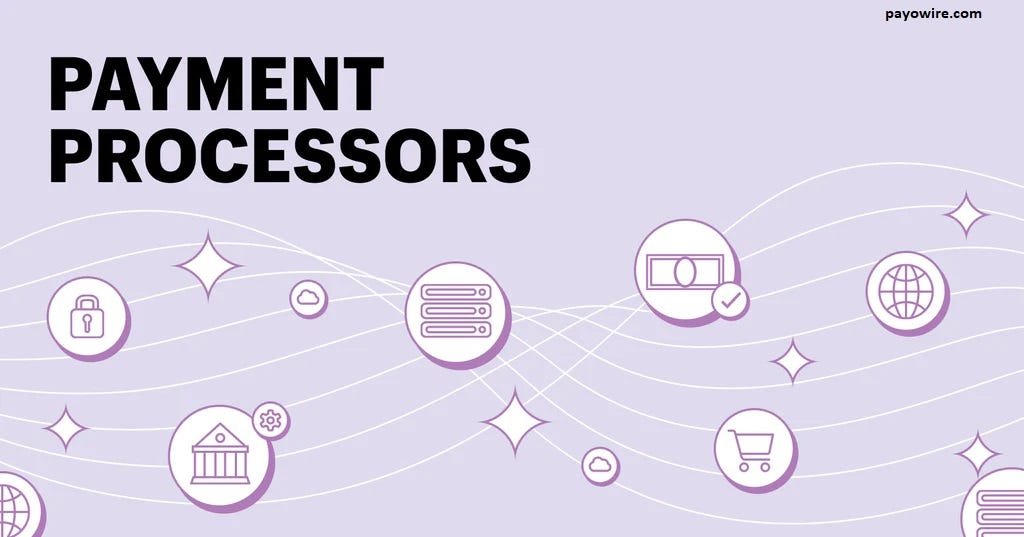As a business owner, you know the importance of selecting payment processors. After all, you want to get your customers’ orders in and get them out the door as fast as you can.
One aspect of your business you may not have streamlined is your payment processing options. You need to figure out which is best for your company, your current set-up, and your future goals for growth. A payment processor’s lack of efficiency can cause money loss.
In this article, we’ll go over everything you need to know about payment processors and picking the right one for your business.
Understand Your Business Needs
Understanding your business needs will help you select a suitable payment processor. The type of business, location, and volume of transactions will be important considerations.
If your business operates in many countries, you will want to look for a payment processor that can work with all currencies. You may have to look for different options if your business is mainly online.
Research and Compare Providers
Spend time researching options. Know the processing rates, fees, and contracts to determine the best fit. Ask for references from others in the industry to hear about their payment processing experience.
Talk to providers to know their terms, features, and technology. Compare providers’ costs, services, technical support, and data security. Start reading online reviews for more ideas.
Evaluate Security Measures
Check security measures before making a decision. This will help to ensure payment data is kept secure and compliant with industry regulations.
Look for payment processors allowing encryption technology such as SSL or AES. Assess the processor’s fraud prevention, buyer authentication, and data storing and auditing capabilities.
Also, review the scope of their PCI-DSS compliance and the ability to customize security rules.
Consider Integration and Compatibility
When selecting a payment processor, it is essential to consider integration and compatibility. Will the payment processor integrate well with your online store or website? Is it compatible with the shopping cart system and other applications you use?
Examine Transaction Fees
Different payment processors charge varying fees for their services. This dual pricing program offers discounts with cash payments. Carefully evaluate the fee structure to ensure it aligns with your budget and transaction volume.
Ask about what services each processor provides. This could include features like data security, customer support, and automated payments.
Assess Payment Options
A few payment options include Stripe, PayPal, Square, Auto.Net, ApplePay, and many more. Each option has its unique features.
Stripe
Known for its developer-friendly interface, it offers comprehensive features, including global payment acceptance and customizable checkout options. It supports many payment methods and provides robust security measures.
PayPal
Widely recognized and trusted, it offers seamless integration with various e-commerce platforms. It allows customers to pay using their account balance, credit cards, or bank accounts. Additionally, it protects buyers and sellers, reducing the risk of fraud.
Square
Square offers a range of payment solutions, including card readers and online payment processing. It is an excellent option for businesses starting their payment journey.
Authorize.Net
Authorize.Net provides a robust payment gateway with advanced security features. It supports recurring billing, mobile payments, and integration options. However, extra fees may apply for certain features.
Evaluate Customer Support
Customer support is one of the most important criteria when selecting payment processors. Find a payment processor that can provide customer support when you need help.
Choose one that offers quality customer support around the clock. This is especially important for businesses working in different time zones. The support should include phone, live chat, and email so customers can contact the processor for quick help.
They should be knowledgeable and friendly. They should offer multilingual support.
Look for payment processors with a track record of helping customers. Before making a final decision, try testing by running a few inquiries and comparing the responses and quality of service.
Check for Scalability
Any payment processor must be able to handle a large number of transactions without it crashing down. They must have the capacity to handle significant amounts of payments regularly.
The processor must handle sudden bursts of high traffic and be reliable. The payment processor should not be a bottleneck and impede the growth of your business. Also, it must increase capability at any point when needed without disrupting your operations.
Read the Fine Print
It is essential to read the fine print before selecting a payment processor. This can help you check the costs, timeframes, and general expectations.
Analyzing the terms and conditions is the best way to assess the services, fees, fraud protection, and customer support. Each has different commitments, so reading to determine the specifics is necessary.
The fine print should be clear and understandable to ensure there won’t be any unpleasant surprises in the future. Taking the time to read and understand all the details ensures the payment processor is a great fit.
Use this Guide When Selecting Payment Processors
Selecting payment processors can be a daunting task. After reading, you should feel confident to make a selection that suits your business needs.
Shopping around, understanding fees, and knowing the processor’s technical features will ensure the best fit. Be sure to have a detailed understanding of your target markets and the processors they accept.
With this system, you can ensure secure and fast transactions for your company.
Did this article teach you everything? If so, keep reading for more technology, business, and financial content.
